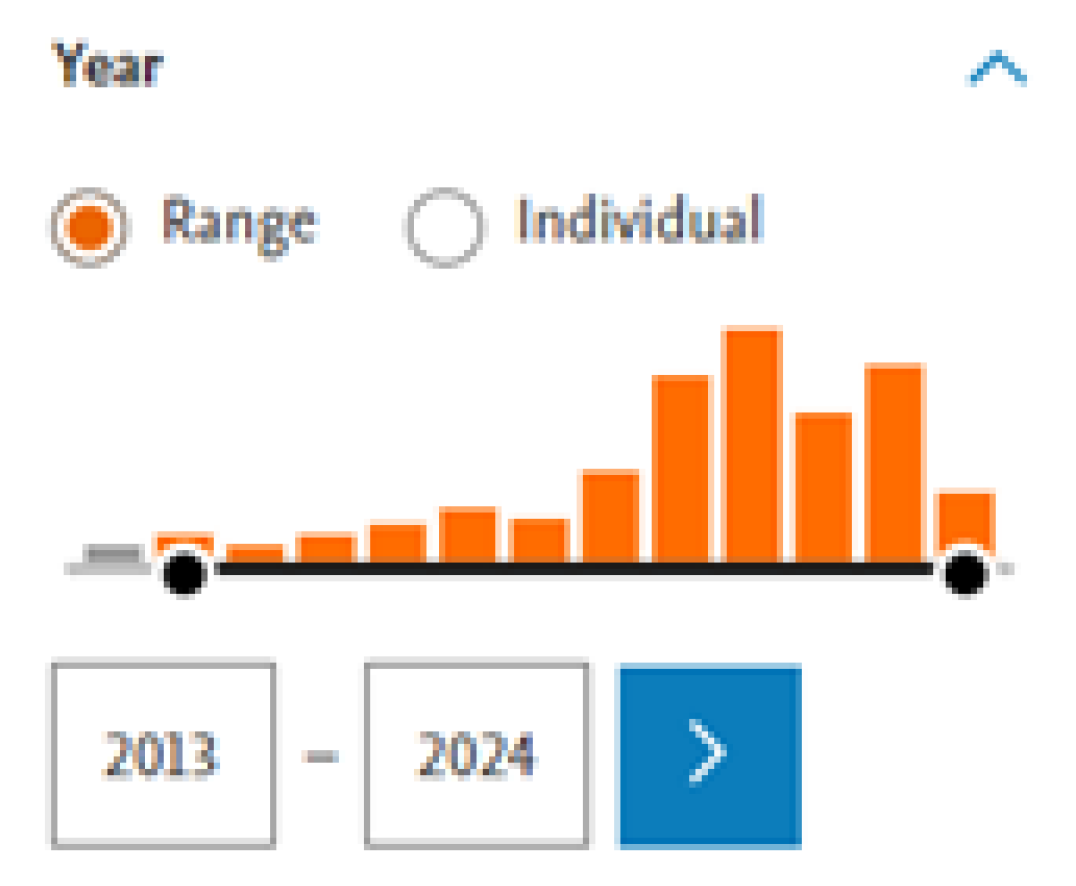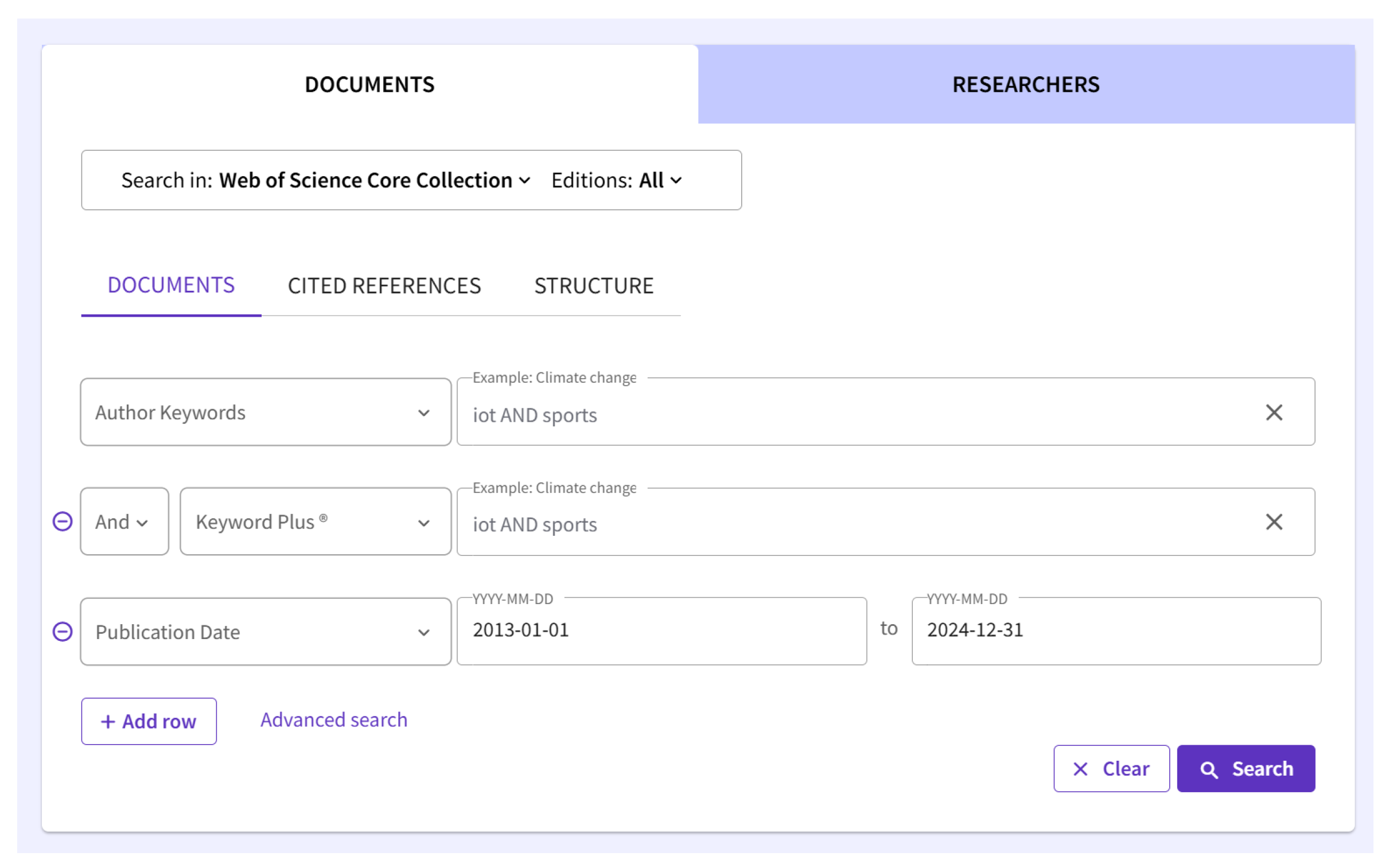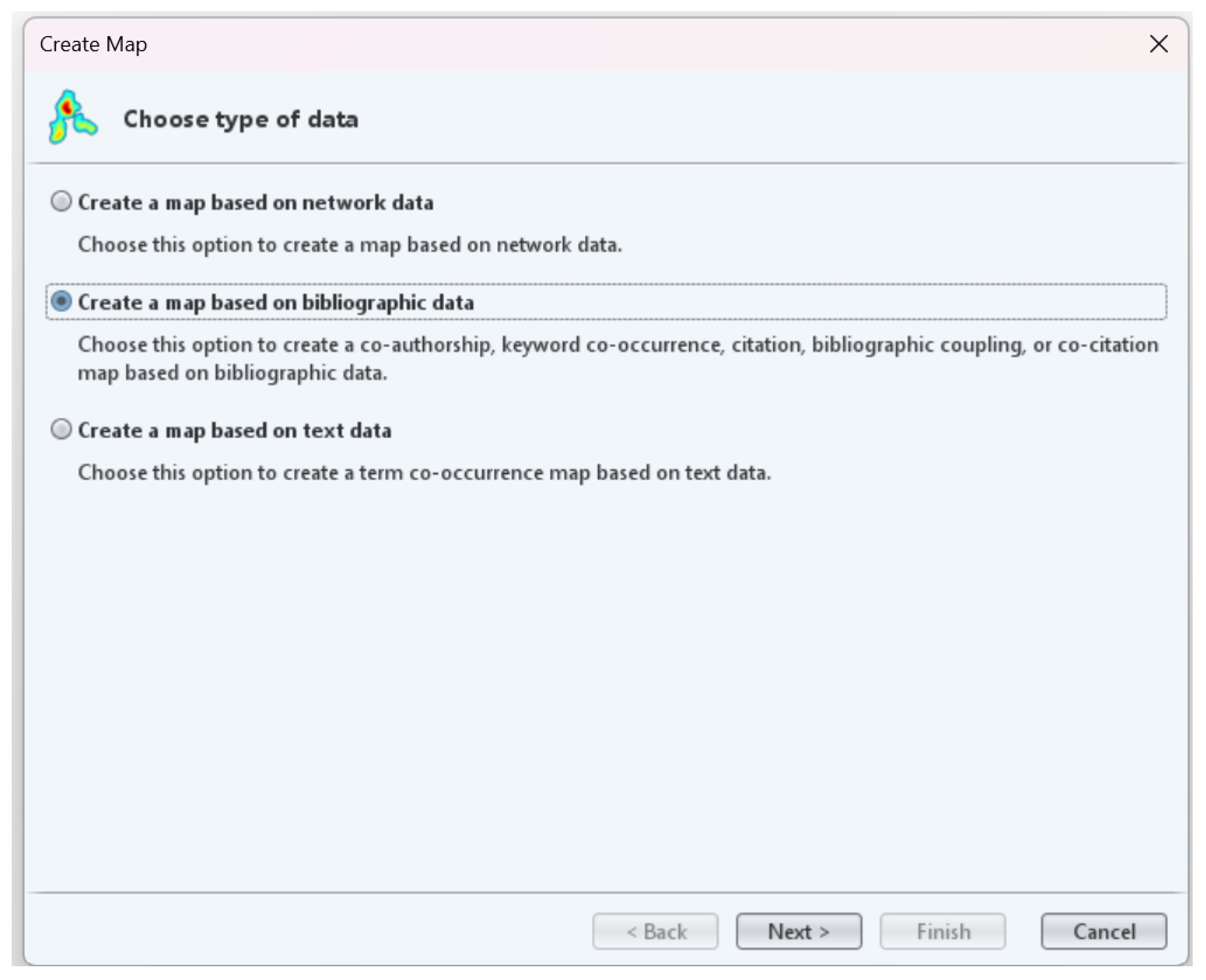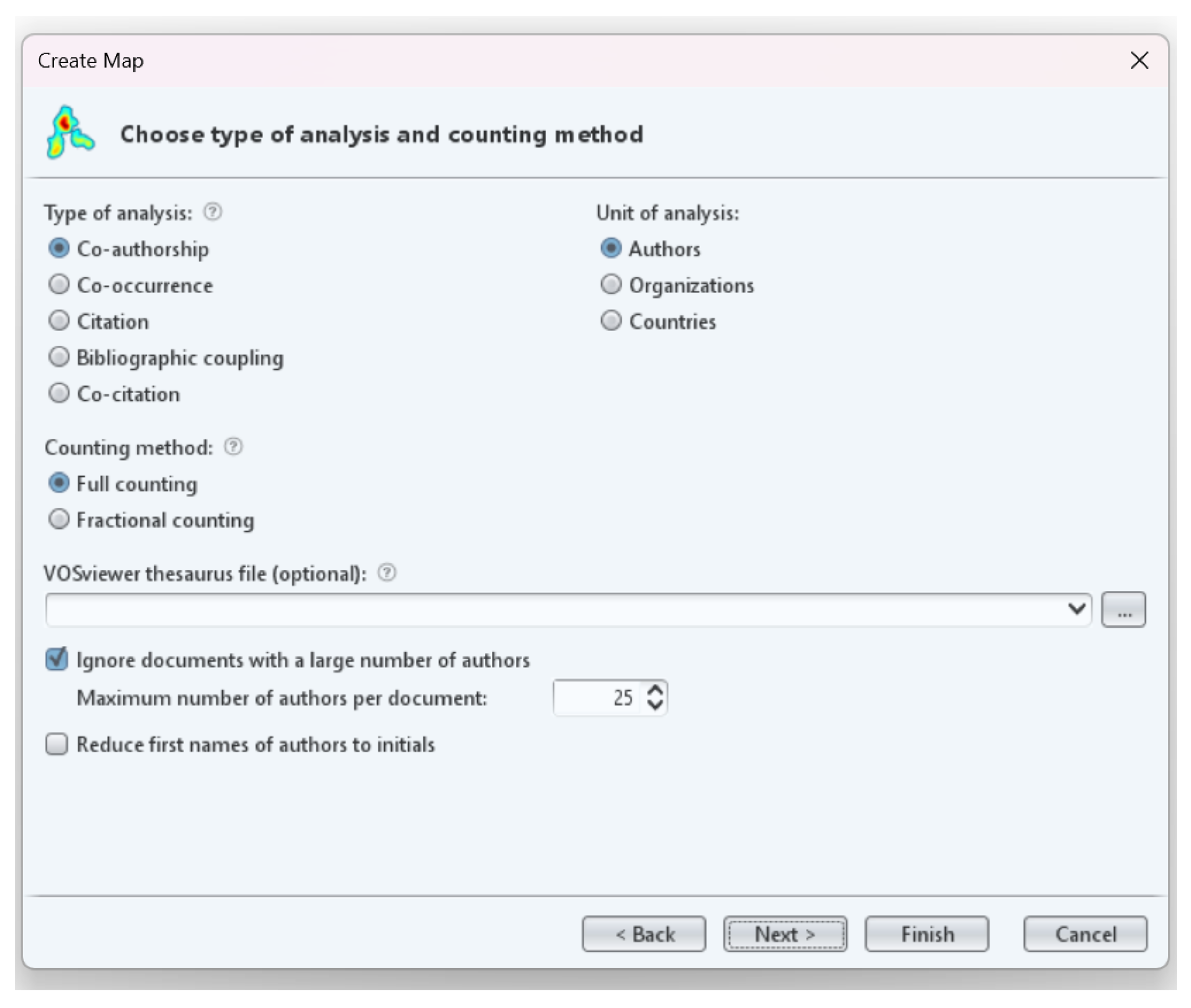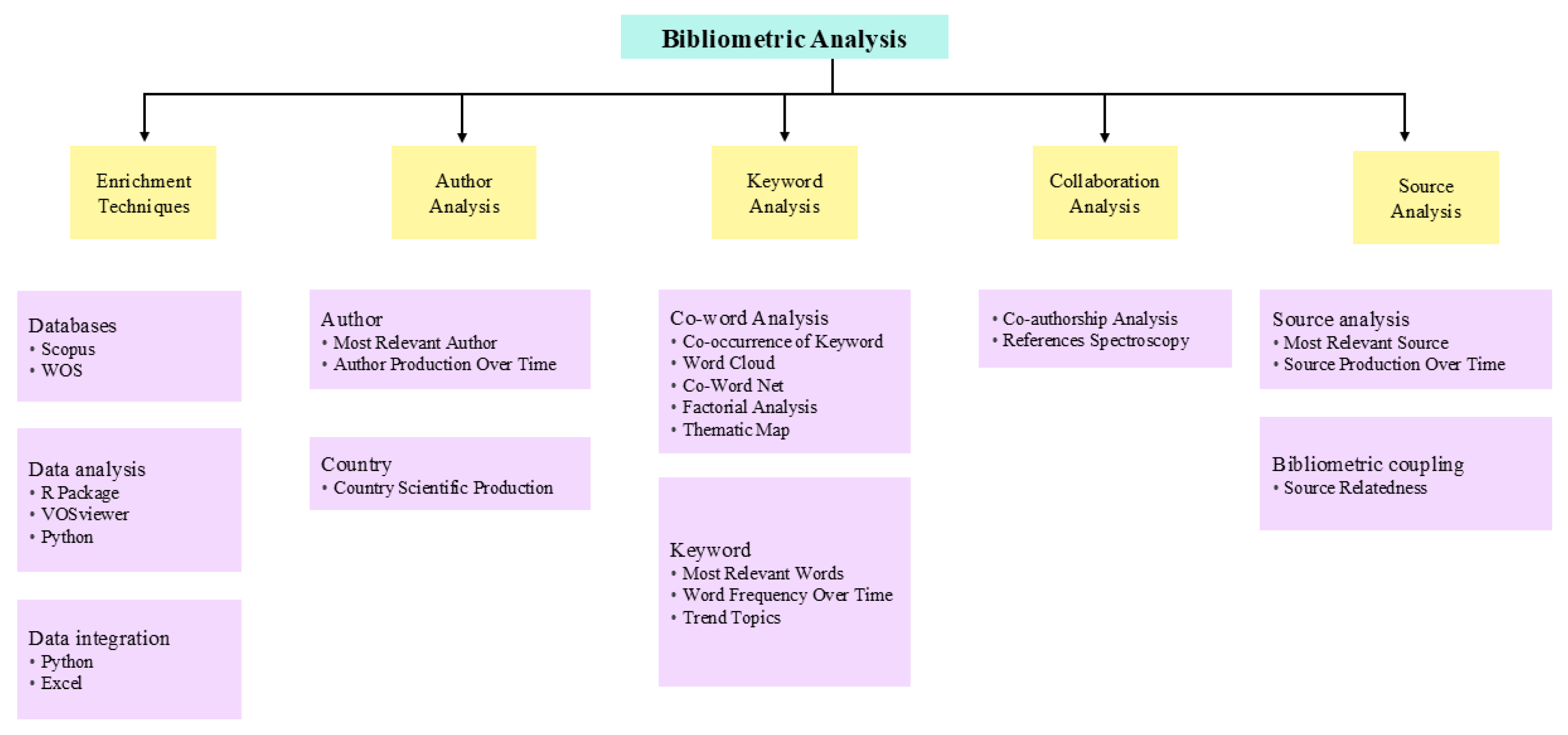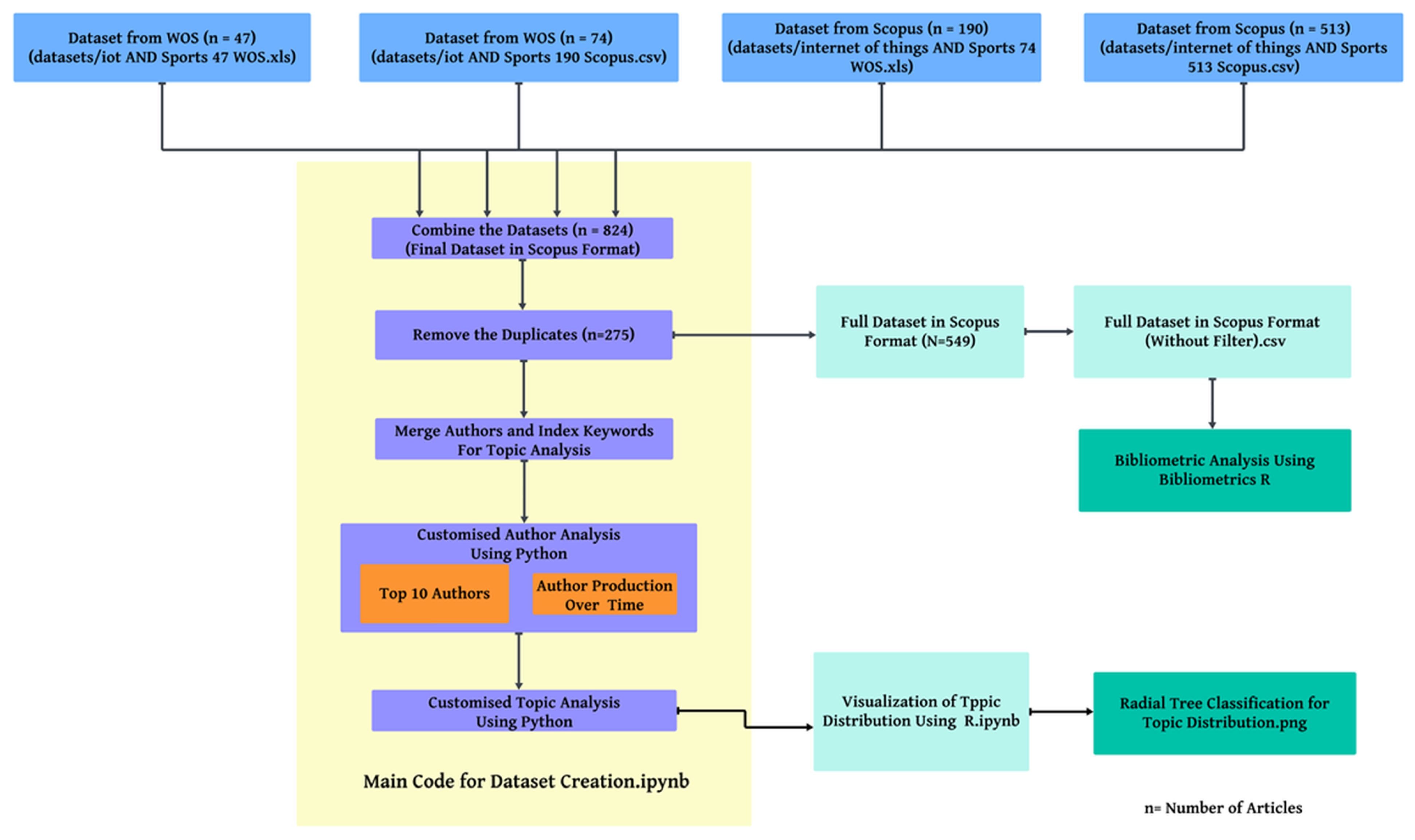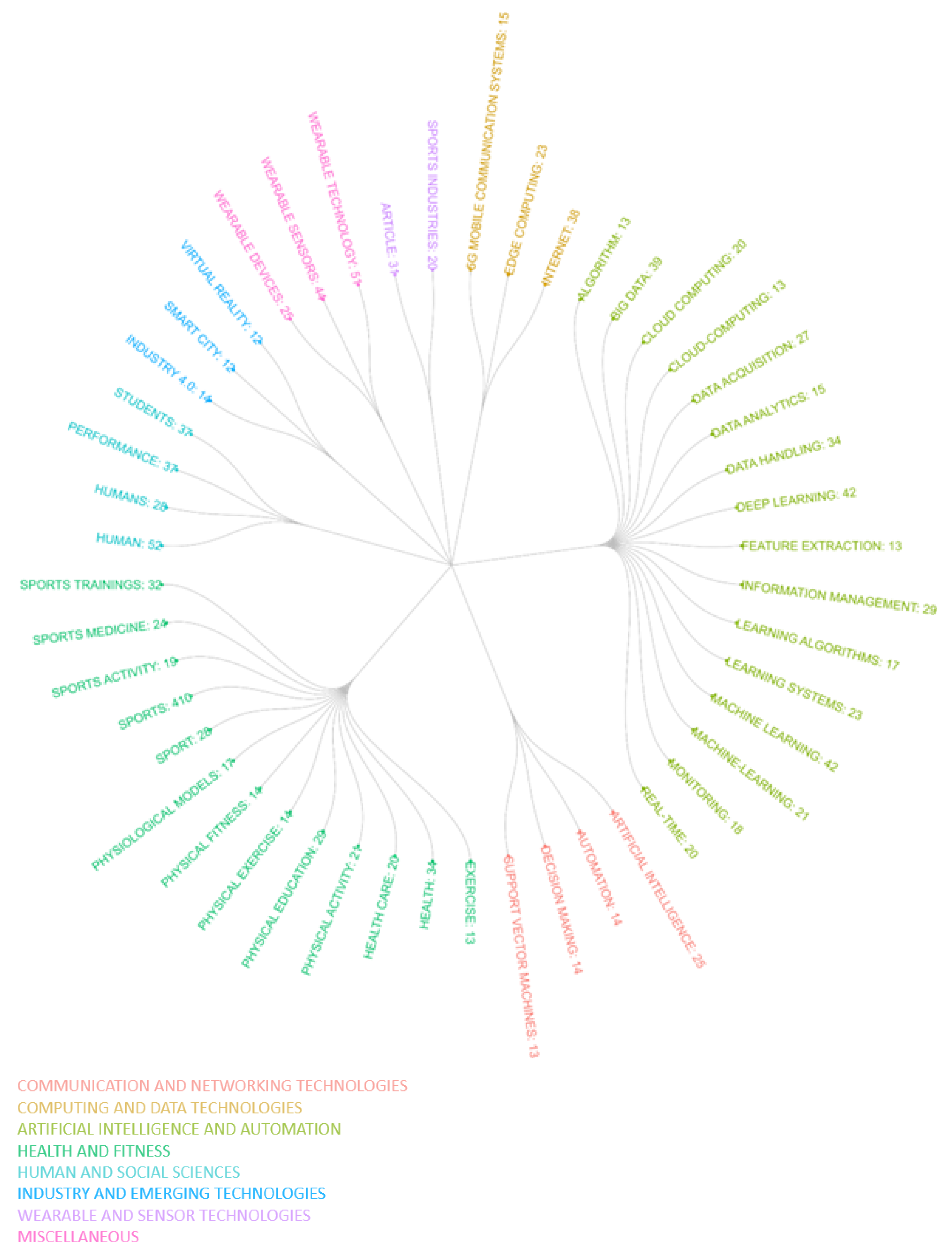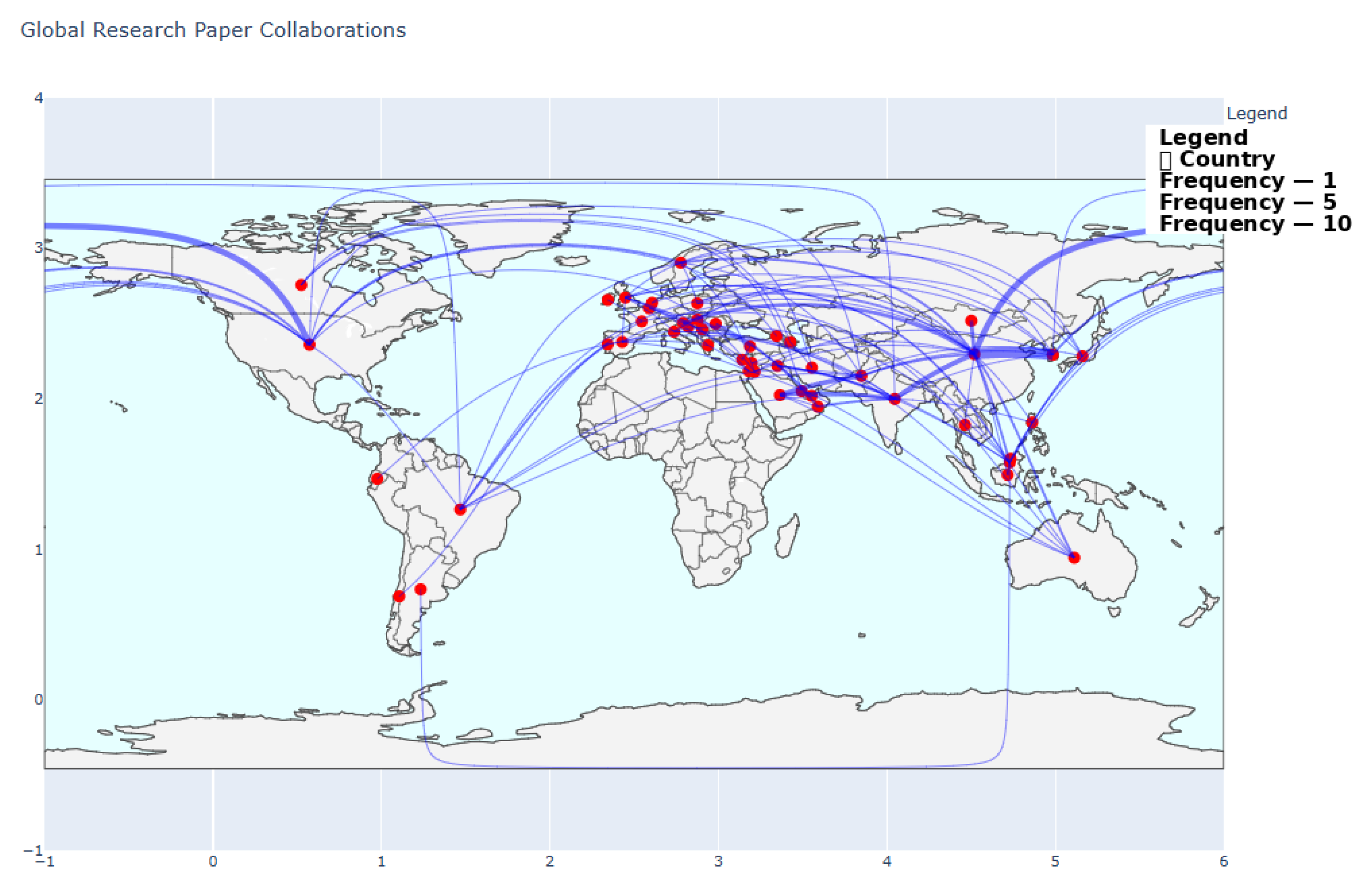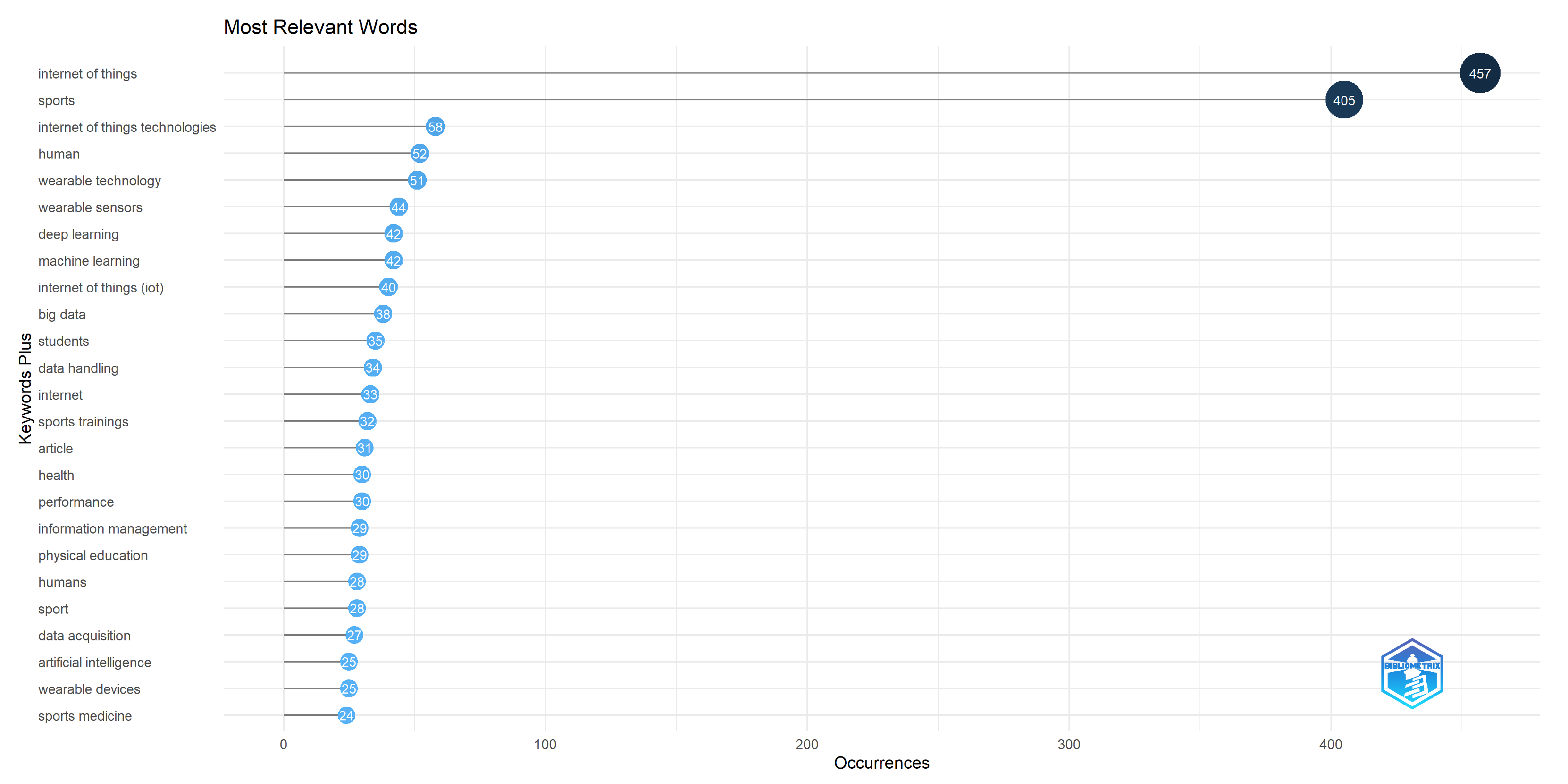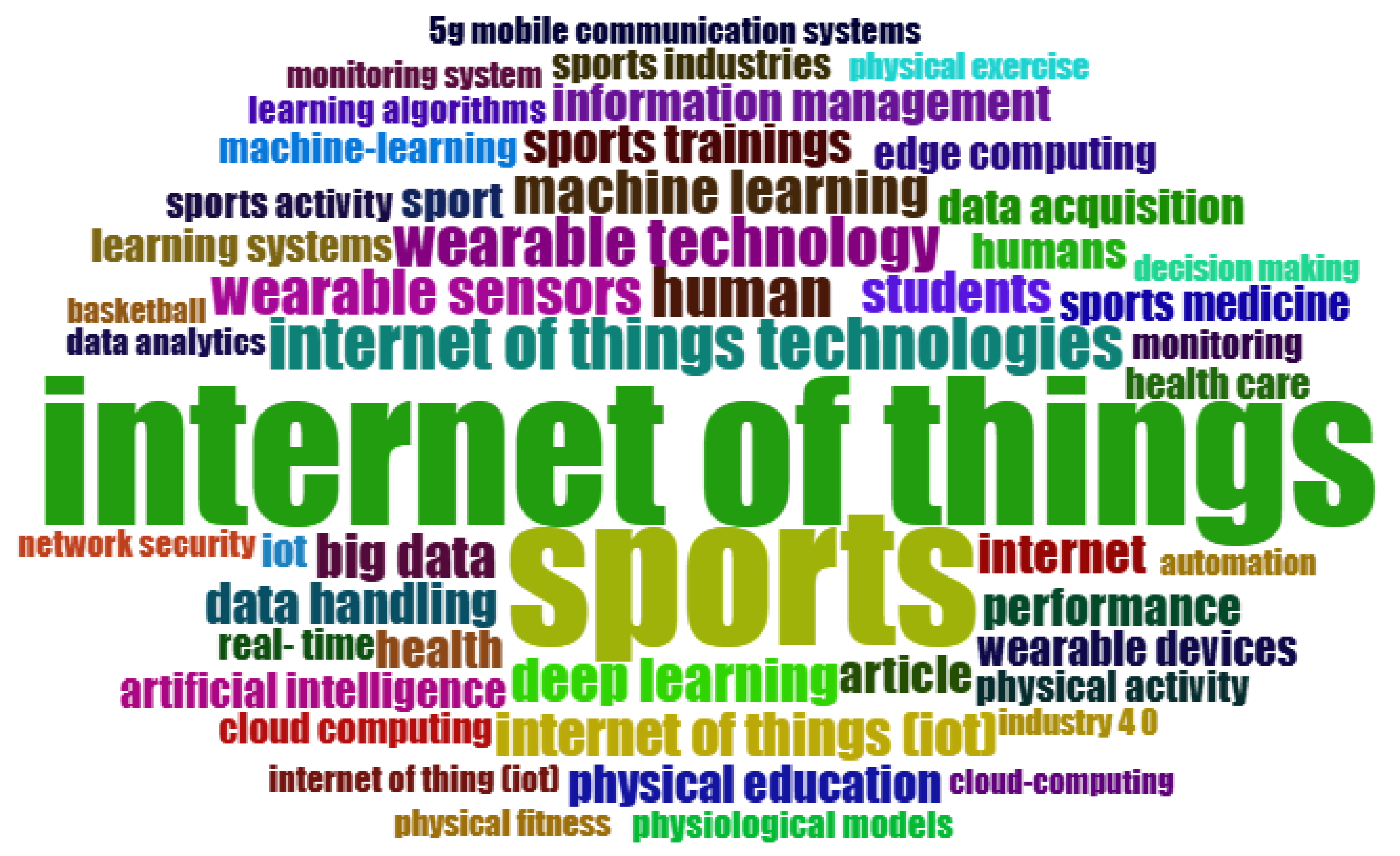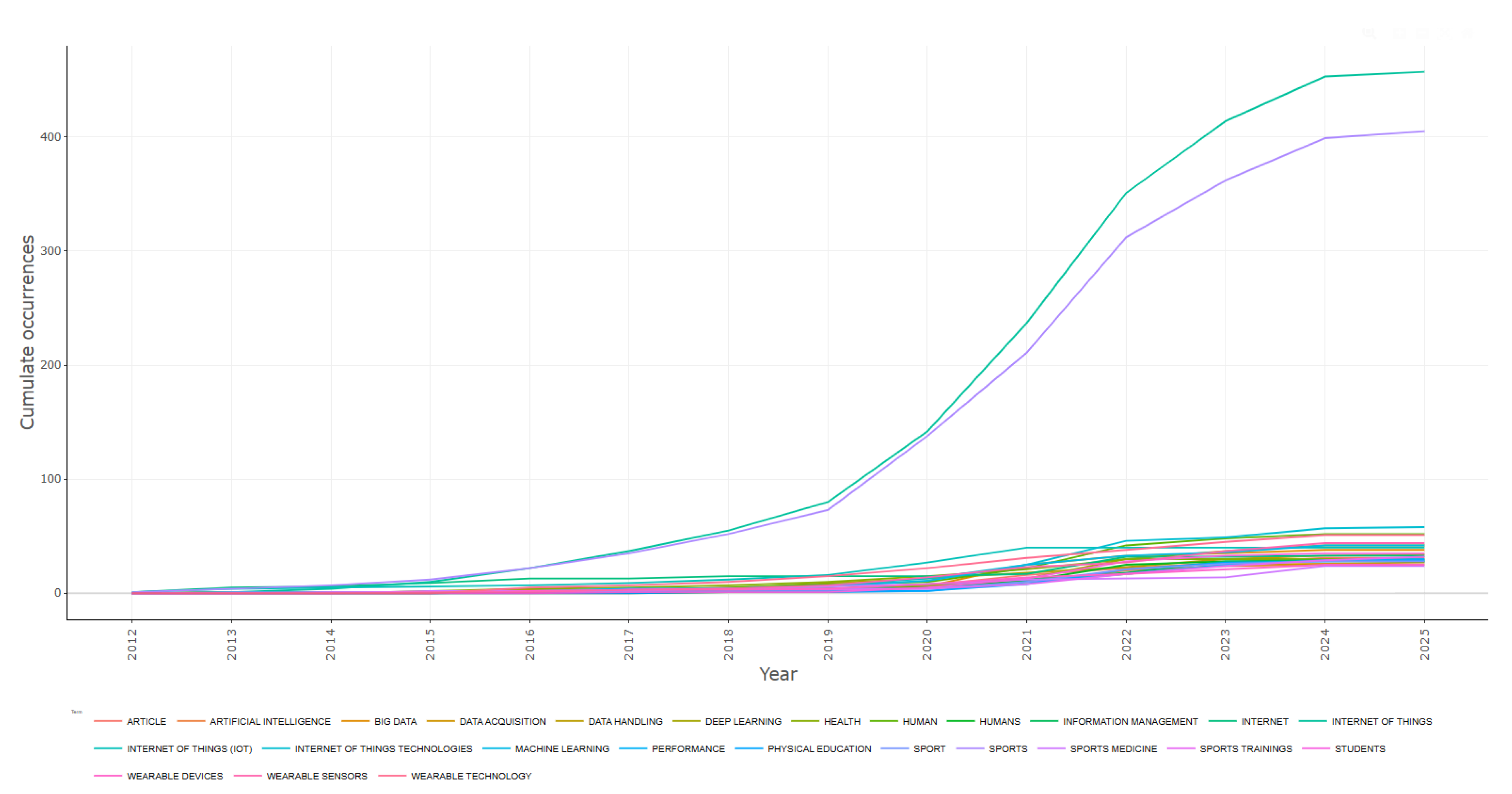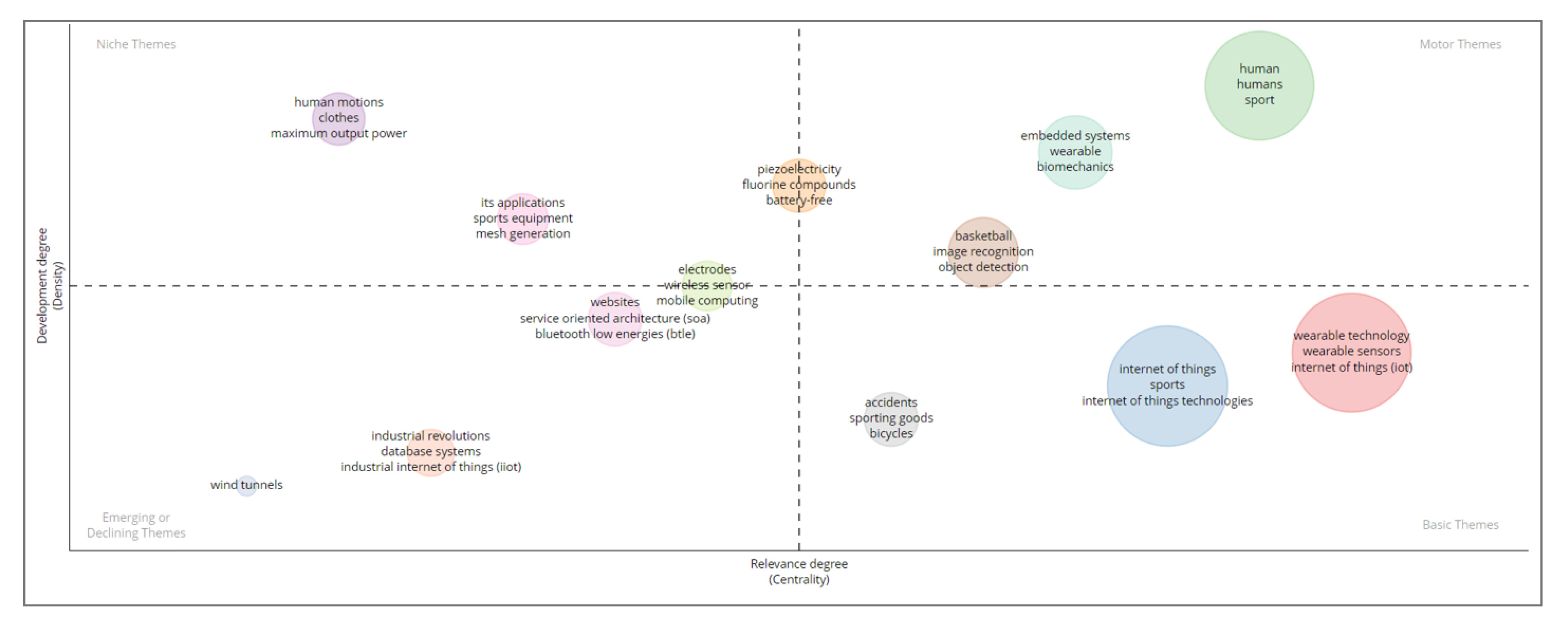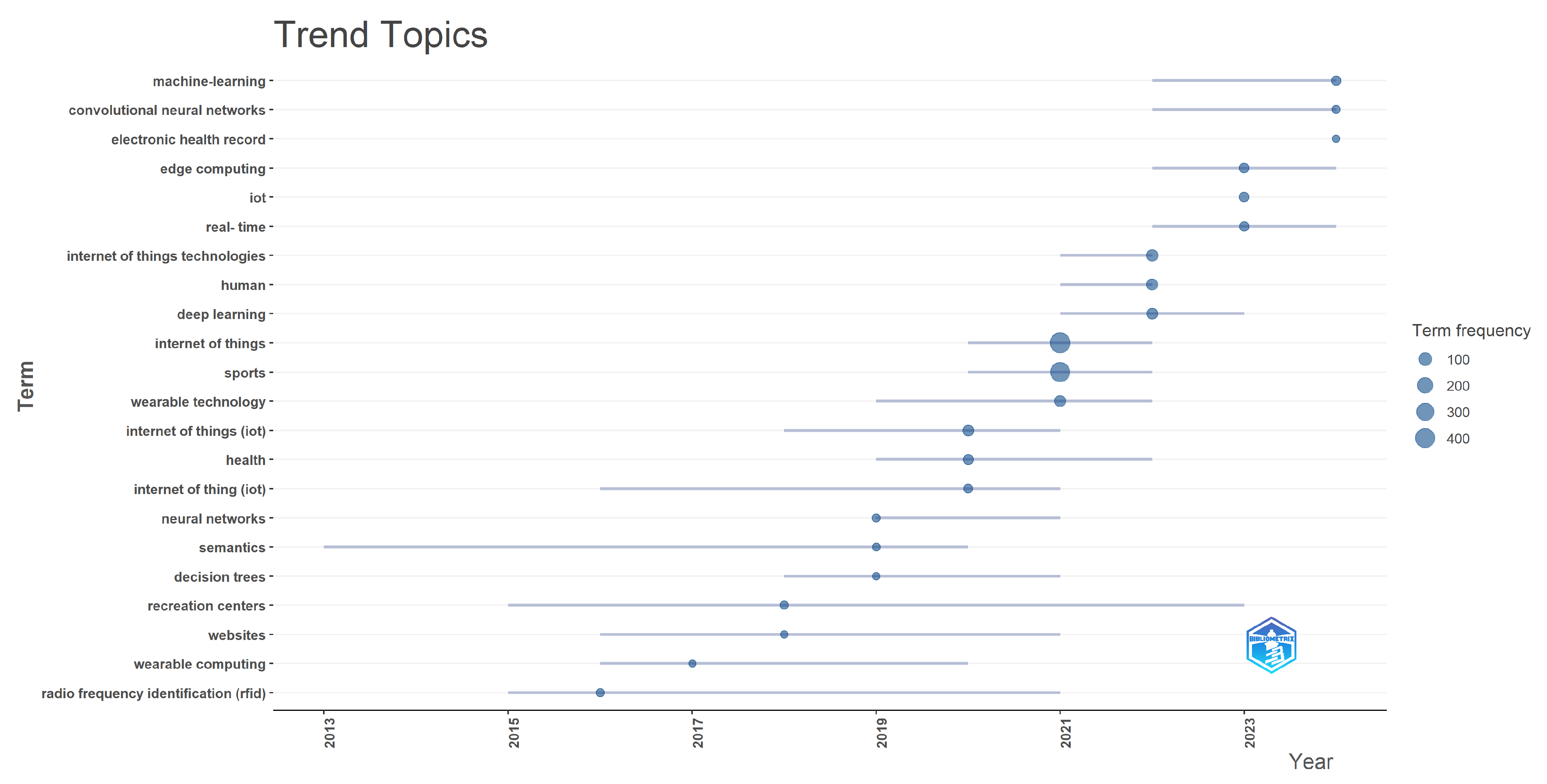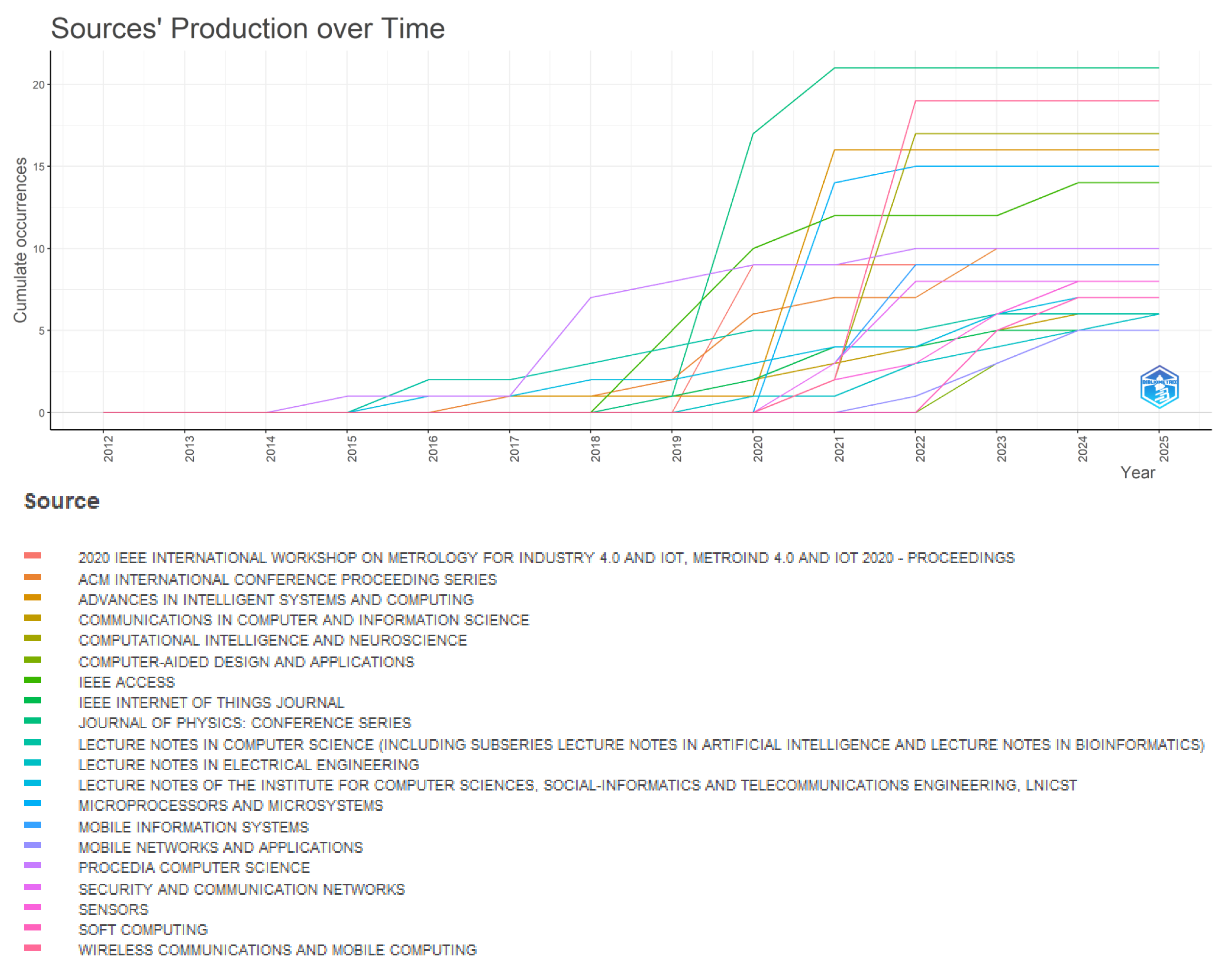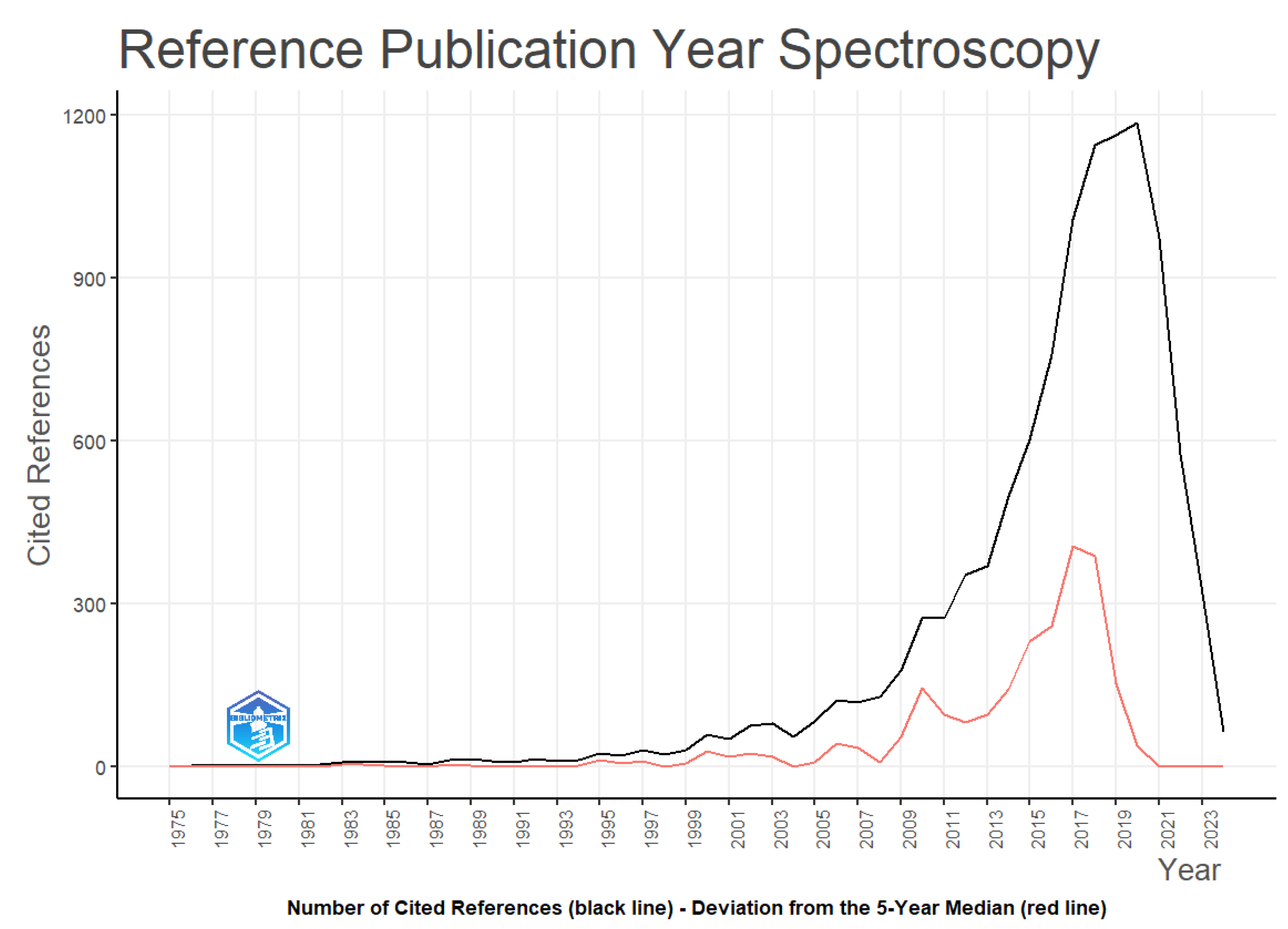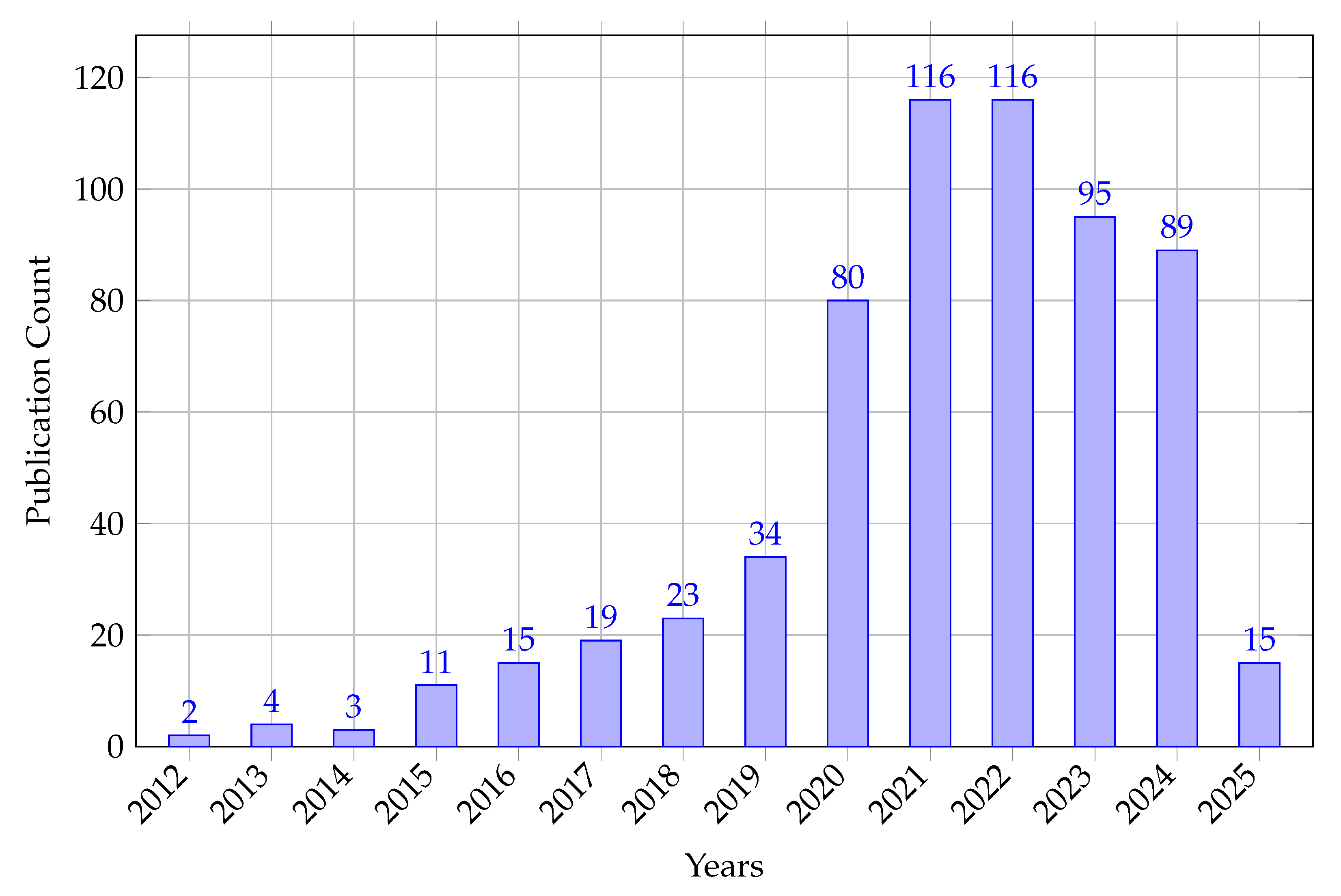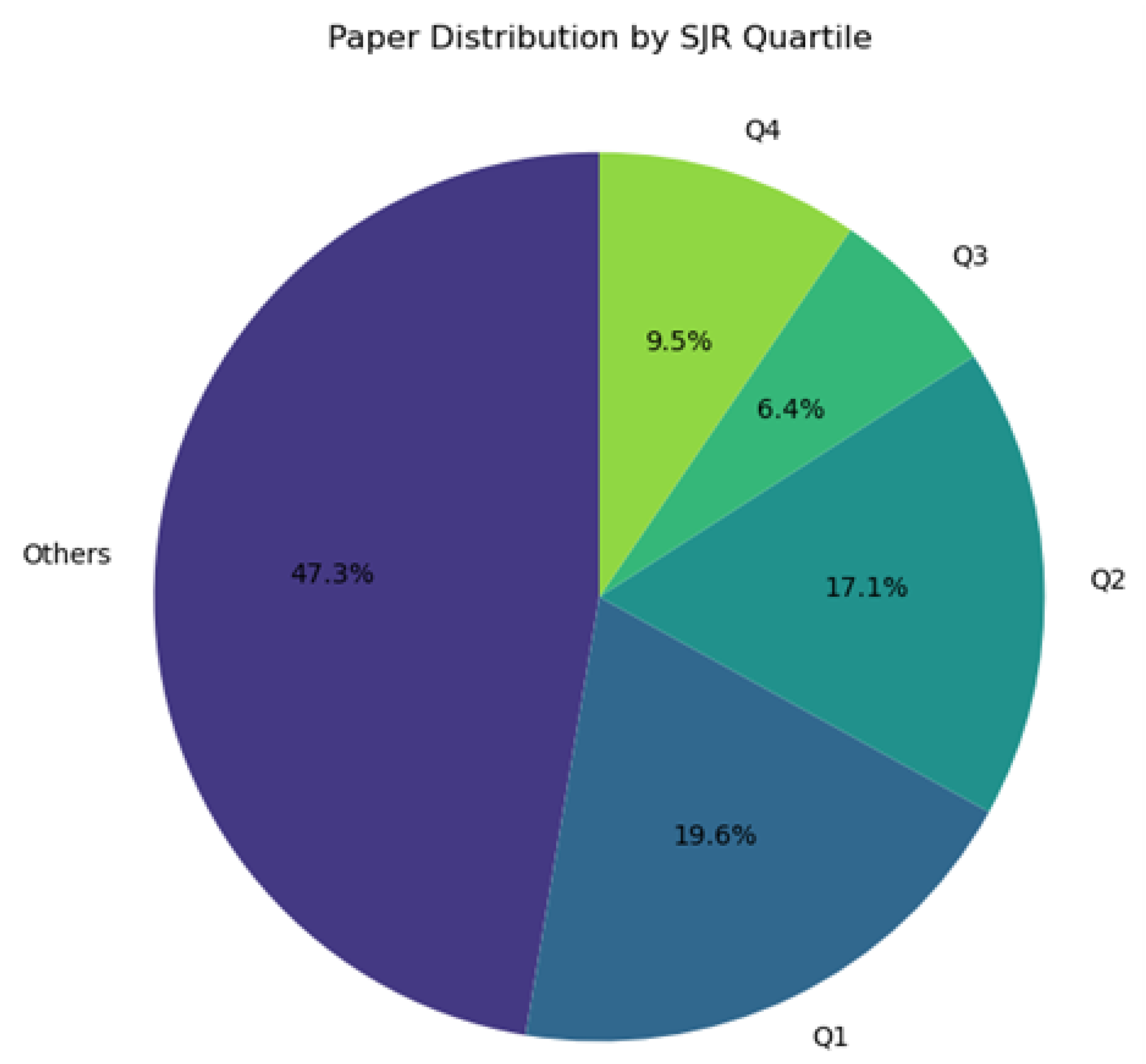1. Introduction
IoT is a paradigm for connecting physical and digital devices that allows networking, sensing, identifying, and computing [
1]. In the year 1999, British Technology Pioneer Kevin Ashton coined the term “Internet of Things (IoT)” for supply chain management at Procter & Gamble [
2]. However, the definition has changed over the years, and now IoT can be used in diversified fields such as health, agriculture, sports, and transport, to name a few. When smart devices and sensors are connected in an array of networks and process real-time data from their environment through the internet, they form IoT, enabling automated decision-making and remote monitoring across various applications like hospitality, healthcare, industrial automation, and environmental monitoring [
3]. In this section, we discuss the term IoT and how it is being used in sports. Statistical information is provided to demonstrate the level of prevalence and integration of IoT technologies in our daily lives. Furthermore, challenges, motivations, objectives, and contributions are outlined, and the structure of this paper is discussed.
1.1. Internet of Things (IoT)
Technology in IoT has become increasingly prevalent in various fields, including sports. It connects businesses and enables the optimization of systems across multiple industries [
4]. The global sports technology is anticipated to generate an estimated revenue of
$55,140.6 million by 2030, with an expected CAGR of 20.85 from 2024 to 2030 [
2]. IoT devices are changing the perception of technology used in sports and empowering key actors like players and coaches to plan and develop strategies based on insights obtained from them. Additionally, these technologies help to address potential injuries among athletes. IoT in sports can be broadly classified into two paradigms: IoT for health/wellness and IoT for strategy development.
To begin with, the application of IoT in sports transforms the way players perceive their health. One can view the required physiological parameters and provide real-time insights by using advancements in wearable technologies [
4], such as integrating wearable sensors (like heart rate and blood pressure monitors) into a player’s gear [
5] during sports activities while optimizing a player’s performance, ensuring their health.
Secondly, the application of IoT for strategizing leads to a new era in sports analysis [
4]. With the help of video analysis coupled with information from IoT devices, analysts and coaches can gain a deeper understanding of players’ movements and sports dynamics [
6]. Moreover, IoT applications can be effectively utilized when the weather significantly affects the dynamics of sports (such as cricket). This consolidation of technologies can help analysts and coaches develop new coaching strategies and enhance the player’s specific requirements [
7].
1.2. Wearable Sensors for IoT and Sports
Wearable sensors and technologies have shaped how IoT is employed in Sports, allowing athletes’ performance and fitness to be monitored and analyzed [
8]. These devices can collect, process, and transmit data, allowing for a comprehensive assessment of someone’s physical and health condition. Data collected from these sources can be used to optimize training plans and improve the performance of the individuals [
4]. Incorporating IoT and Sports with wearable technology enables real-time data collection, allowing athletes to receive immediate feedback during training and competition [
9]. Various machine learning algorithms, anomaly detection, and predictive analytics can provide insights to analyze the data recorded by these devices, helping to prevent injuries and stress, manage workloads, and personalize training programs [
10]. Wearable sensors are used not only to train athletes and assess their performance, but also during sports action, including football, soccer, and cycling [
11]. GPS trackers and biomechanical devices provide detailed feedback on an athlete’s performance, including speed, distance, posture, and biomechanics. These data can be utilized by coaches and sports scientists to develop strategies that minimize injury risk [
12,
13]. Furthermore, ongoing research for wearable sensors is focused on improving data processing methods to allow more precise performance predictions [
14,
15].
Health monitoring emphasizes the importance of both psychological (e.g., anxiety, stress) and physiological (e.g., blood pressure, heart rate) parameters to enhance the performance of athletes, particularly in sports requiring high accuracy and concentration, like Archery and Cricket [
16]. Health-based wearable biosensors like ECGs and accelerometers can be utilized to collect these data to provide insights into their physical and mental well-being [
17].
1.3. Motivation and Research Questions
Despite the proliferation in the use of IoT in sports, to the best of our knowledge, no bibliometric studies have been conducted on this. However, bibliometric reviews have been conducted in similar paradigms, like IoT in healthcare [
18] and wearable sensors [
19]. The main motivation to conduct this bibliometric study is to analyze the current trends in integrating IoT with Sports applications. This setting usually involves players’ coaches and their stakeholders using items in an IoT environment like wearable sensors, video cameras, and tracking devices, similar to the proposed architectures in [
20]. The authors recognized a lack of definitive bibliometric analysis of IoT in the proposed setting, prompting them to undertake this study and address the existing literature gap. Critical bibliometric data are identified to facilitate future research on this topic, and the outcomes are expected to highlight potential future research areas like robotics, virtual and augmented reality in sports.
To enhance the understanding of the research, a set of questions have been developed to guide the analysis of the impact of IoT in sports.
- 1.
What countries are making the most contributions and collaborations to the development of IoT and Sports research?
- 2.
Which authors contributed the most to this field, and what kind of relationships exist among the researchers?
- 3.
Among the current trending topics in IoT and Sports, what are the most popular ones?
- 4.
What are the leading journals in this field?
- 5.
How are keywords utilized in articles related to one another?
The study is organized into interconnected theme areas, defining its scope and contribution. The research is primarily concerned with integrating and implementing IoT Technology in the sub-category of sports analytics, investigating a research outlook in this field. Methodologically, the study utilizes bibliometric analysis to systematically examine patterns, trends, and advances in scholarly publications related to IoT and Sports from 2012 to 2025. The application of this field extends to sports technology and performance monitoring, focusing on the role of IoT-based tools for advancing athletic performance, training efficiency, and real-time data collection in sports environments.
1.4. Contributions
The rest of the paper is organized as follows:
Section 2 describes closely related works in a tabulated format.
Section 3 explores the materials and methodologies used to conduct the bibliometric analysis. This section also includes the data collection strategy, integration, and pre-processing of bibliometric data.
Section 4 describes all the analyses executed on the bibliometric data, with relevant findings and discussions in
Section 5. The research questions that motivated us to conduct this research are answered in
Section 6. Finally, the paper concludes by summarizing the key findings along with the future research directions.
2. Review of Closely Related Works
This section describes a comprehensive examination of closely related review articles that use bibliometric analysis to analyze the integration of technology in sports. These articles cover a broad range of topics, including the application of blockchain technology in sports, the use of IoT for healthcare research, the advancement of wearable technology, the integration of AI in sports, and the impact of fitness applications. This section provides an overview of some of the most significant review articles, highlighting their key findings and contributions for understanding the role of technology for the advancement of the sports sector and human health.
Using computational literature review and bibliometric analysis, the authors in [
21] explore the use of blockchain technology in sports based on scientific production related to the topic. The authors examined the world of sports to identify the latest technologies with respect to blockchain, with the potential applications of blockchain technology, including athlete training, contract management, data distribution in athlete training, and protection of sports copyright. Moreover, it discusses the future of blockchain technology, beyond its popular conception of application with cryptocurrencies. The conclusion of this article involves a value-generation framework for applications in sports.
A bibliometric analysis methodology is introduced in [
18], which incorporates data from seven databases (Scopus, WoS, IEEE, ACM digital library, PubMed, Science Direct, and Google Scholar) with freely available tools like Excel, Publish, and Bibliometrix. The methodology is evaluated using a detailed review of Internet of Medical Things (IoMT) in healthcare, covering research from 2012 to 2022, by analyzing key metrics like publication numbers, citations, collaborative research outputs, and h-index. The application of this methodology in IoMT highlights various research themes, leading countries, and primary areas in healthcare. While the approach effectively describes bibliometric studies, a notable challenge is seen as variability in citation data in different databases. This study provides insights and future research directions, describing the potential of the methodology to uncover collaborative opportunities to guide researchers in this field.
The objective in the bibliometric analysis in [
22] is to examine the scientific advances in wearable technologies for healthcare purposes, while identifying future challenges present in this field. The most recent literature related to this topic is extracted from the Scopus Database, in the period ranging from 1991 to 2021. Research has been conducted over two periods: prior to 2013, the literature focused on the design and development of sensors from an engineering perspective. From 2013 onwards, the focus changed to the application of this technology to monitor the health and well-being of people while aligning sustainable development goals wherever possible. The United States has the highest publication rates with 208 articles (contributing around 34.7% of the total literature), with the University of California, Los Angeles showing significant studies in this topic, with 19 articles. Sensors Journal (Switzerland) has the largest number of studies with one of the highest citation rates. The authors showed an analysis of keywords and a pennant chart to recognize the trends in this field of research.
A bibliometric analysis of the utilization of artificial intelligence systems in the sports industry is explored in [
23] by examining the publication trends and thematic evolution of related scientific productions from 1984 to 2022, using the Scopus Database. The authors use VOSviewer for graphical representation and SciMAT for evolutionary analysis, highlighting significant trends in this domain. Notably, a substantial increase in AI-related sports publications showed the highest surge in 2021. The year 2020 is marked by the highest number of citations, underscoring the significant impact of research during this period. Furthermore, the focus on “neural networks” suggests that this AI technology has been a central theme in the literature, reflecting its importance in enhancing sports performance. The author concludes by underscoring the importance of bibliometric analysis in identifying trends and future trends in AI-integration for Sports. Despite producing valuable insights, the study acknowledges the limitations related to research methodology and material classification. The use of fitness applications by athletes and the benefits derived from these applications are discussed in [
24], which includes improving work-life balance while promoting health among individuals. Using bibliometric analysis methodology, 338 publications from 1973 to 2025 are analyzed, where the research highlights the role of fitness apps in tracking calories, nutrition, setting goals, networking among individuals, and monitoring recovery. The findings suggest that fitness apps are crucial since athletes can manage and enhance their performance by keeping track of the necessary nutrients being consumed in their diet for training and recovery. The study, moreover, underscores the importance of integrating technology like AI in sports to foster sustainable practices and describes fitness apps as essential tools for optimizing the performance of athletes.
Based on the conducted literature review in
Table 1, it is evident that there is a need for the integration between IoT and Sports. While IoT technologies are increasingly integrated for various notions in sports, the existing scientific production tends to focus on isolated applications or specific case studies, rather than producing a holistic view. Addressing this gap helps the researchers to analyze the current trends and opportunities, providing a comprehensive review of IoT being harnessed to enhance the sports realm. This gap is fulfilled in this paper via a bibliometric analysis, which examines the existing literature to provide a perspective on the role of IoT in sports.
5. Findings and Discussions
Our objective is to gain an understanding of the significance of IoT technology in the sports industry. According to the present analysis, IoT technology has significantly enhanced the sports field, highlighting its importance. The increased use of keywords, analysis of publications, and citations suggests an increase in research interest in this area of exploring sports innovation using IoT technologies. With the advancement of technology, this innovation is expected to enhance the sports arena by improving athlete performance, biomechanical analysis, healthcare, and refining the future of this industry. For example, wearable devices such as smart watches and fitness trackers collect real-time data on physiological metrics to enable tailored training programs [
38]. Although the benefits of IoT and Sports are significant, various concerns about data privacy may hinder the full potential of its implementations. Maintaining a balance on technology integration and human expertise is essential for sustainability in the sports industry [
39,
40].
Based on a closer examination of the scientific production of the countries and their collaboration patterns, China emerges as a global leader in the fields of IoT and Sports innovation. Countries like India, Malaysia, the United States of America, and some European nations have also shown a surge in IoT-based sports innovation, confirming the global importance of this field in research. Furthermore, a range of collaborations can be observed between authors from different countries, with China and Korea providing the most collaborations. However, it is evident that there is a low level of interconnectivity among researchers in the field of IoT and Sports in terms of inter-country collaborations, when compared with the total scientific production.
Based on the Relevant Authors and Author Production Over Time analysis, Anton Umek, Anton Kos, and Emiliano Schena are the most prominent researchers in the IoT and Sports domain. Additionally, the collaboration network analysis reveals a well-established pattern of co-authorship among researchers in this field, with these prominent authors acting as central nodes within several collaborative networks.
Analysis of keywords, such as the Most Relevant words and Word Cloud, shows that the terms related to IoT (Internet of Things, IoT, Internet of things technologies) and sports are most prevalent. Furthermore, terms related to wearable technology, such as wearable sensors, appear to be prevalent among the articles, with few instances of the application of artificial intelligence paradigms (Deep Learning, Machine Learning). Other analyses, such as co-occurrences of keywords, demonstrate the relevance of the data. Wearable technologies are therefore positioned as leaders in the field of IoT and Sports. It is noteworthy that the prevalence of keywords in IoT integration for sports has increased, emphasizing its importance as a research area. Based on trend topics analysis, various topics are emerging in IoT and Sports, such as computer simulation and artificial intelligence, with the most recent being biomechanics.
Some key insights are revealed based on the analysis of the “Journal of Physics: Conference Series” producing the largest number of articles, followed by “Wireless Communications and Mobile Computing”. This source is a great option for researchers from the IoT-based Sports field to publish their articles in an open-access journal and provide a fast and cost-effective publication service. Moreover, IEEE-based publishers such as “IEEE Access” and “IEEE Internet of Things Journal” have also shown some considerable contributions, suggesting that the sources that are open-access tend to have more contributions in this field compared with the subscription-based sources.
As a result of these bibliometric analyses, future research avenues in the use of IoT technology for sports innovation have been indicated. The integration of IoT technology for sports innovation offers prospects in the sports field, such as improving athlete performance and training methodologies. In conclusion, these analyses highlight the potential of IoT technologies to revolutionize the future of the sports industry, providing researchers with opportunities to explore and experiment with new ideas.
Due to the massive collection and processing of personal data, the integration of IoT in sports poses serious data privacy challenges. As the data collected contains detailed information of athletes, key concerns arise regarding data breaches, and compliance with regulations such as GDPR [
41,
42]. Many users lack awareness of how their data are being collected, stored, and shared, which undermines the principle of informed consent [
43]. Unauthorized access and cyber threats are possible through proliferating IoT devices. Integrating privacy-by-design with strong security measures such as encryption and multi-factor authentication can reduce the vulnerabilities present in the IoT systems [
44,
45]. Furthermore, educating users with clear privacy notices can encourage users to manage and control their data.
- 1.
China leads in scientific output with 643 contributions, accounting for 47.7% among the top 10 countries.
- 2.
China’s collaboration with Korea, India, Mongolia, Slovenia, the USA, Australia, Norway, and Pakistan occurs 28 times, representing 84.8% among the top 10 collaborating countries.
- 3.
The keyword “Internet of Things” appears most frequently, with 440 occurrences, making up 27.3% of the top 25 most common keywords.
- 4.
China also has the highest number of publications, totaling 377, which is 57.3% among the top 10 countries by publication count.
- 5.
IEEE Access has the highest citation count of 397, which is 18% among the top 10 sources by citation.
- 6.
The journal paper “A Deep Learning Approach to On-Node Sensor Data Analytics for Mobile or Wearable Devices”, published by the IEEE Journal of Biomedical and Health Informatics, has the highest citation count of 351, representing 27% of the top 10 most cited articles.
- 7.
The publication count for the years 2021 and 2022 is the highest, with 116 publications, accounting for 37.2% in the year-wise publication analysis.
- 8.
Author citations include only two countries: India, with 47 documents and a total of 2500 citations, and China, with 36 documents and 2260 citations.
- 9.
The distribution of papers in the SJR Best Quartile Q1 shows the highest number of papers, totaling 111, which is 37.2% in Quartile journals.
Answers to Research Questions
At the beginning of this article, research questions were formulated with the aim of providing answers based on the conclusions derived from the analysis.
- 1.
What countries are making the most contributions and collaborations to the development of IoT and Sports research?
China and India stand out as the leading contributors, with the highest number of authors originating from these two countries. Furthermore, as leading contributors to scientific research on IoT integration in sports, China engages in the highest number of international collaborations. The most frequent partnership is between China and South Korea, resulting in nine joint publications, followed by China and India with four collaborative works.
- 2.
Which authors contributed the most to this field, and what kind of relationships exist among the researchers?
Anton Umek is the most prominent author in the IoT and Sports research domain, with his major contributions concentrated between 2018 and 2020. Anton Kos and Emiliano Schena have also made significant and consistent contributions over time. A global collaboration analysis highlights active partnerships between researchers from various countries, underscoring the value of international networks in advancing IoT and Sports research. Co-authorship and collaboration patterns reveal strong connections among researchers, with key figures like Anton Kos serving as central nodes, and several authors maintaining regular collaborations with specific partners.
- 3.
Among the current trending topics in IoT and Sports, what are the most popular ones?
Wearable technology and wearable sensors are the main topics trending along with IoT and Sports. Additionally, we can observe a similar trend with artificial intelligence paradigms (Deep Learning, Machine Learning), edge computing, cloud computing, and 5G communication systems. In the paradigm of sports for medical science, such as physical education and biomechanics, there is a significant trend.
- 4.
What are the leading journals in this field?
The leading sources for publications in IoT and Sports are “Journal of Physics: Conference Series”, “Wireless Communications and Mobile Computing”, “IEEE Access” and “Microprocessors and Microsystems”. This can be explained by their focus on relevant topics, rigorous peer review process and high visibility. Researchers who are interested in acquiring articles on IoT and Sports can obtain them from these journals.
- 5.
How are the keywords utilized in articles related to one another?
The dominant keywords are related to IoT (Internet of Things, Internet of Things technologies, IoT) and sports. Other dominant keywords are found in the wearables paradigm, such as wearable technology and wearable sensors, as well as topics related to artificial intelligence (Machine Learning and Deep Learning) and medical sciences (Health Care).
6. Limitations of Study
Although this study provides a thorough bibliometric analysis of IoT and Sports, there are a few areas where future research can be enhanced. One key limitation is that only two databases for data collection are Scopus and Web of Science. However, we mitigated this risk by selecting the largest and most relevant database of the IoT realm, which is widely recognized for its extensive coverage of peer-reviewed literature in the field. Notably, IEEE Xplore was not separately queried, as their indexed publication are included within Scopus, reducing redundancy.
Only English-language articles were selected and analyzed, although noteworthy scientific contributions may exist in other languages. However, this limitation is minimized by the fact that the majority of publications are written in English. Moreover, the articles between the years 2013 and 2024 are extracted, and those beyond this period are not considered. Although we made every effort to compile the scientific literature on IoT and Sports, some articles that are relevant to IoT and Sports, such as smart watches, may have been overlooked. Finally, this study focuses solely on academic literature and does not include data from patents or industry reports. Including such sources for future research could provide valuable insights into the practical and economic impact of IoT applications in the sports sector.

